Idea by
Leo Kirinčić, Ida Križaj Leko, Marko-Luka Zubčić with Mirna Gurdon, Lea Jurin, Dorian Knežević, Antonio Matijaš, Daria Morosin, Luka Rodela, Katarina Šimić and Drugo more
Call for ideas 2018
Food Network
Food Network
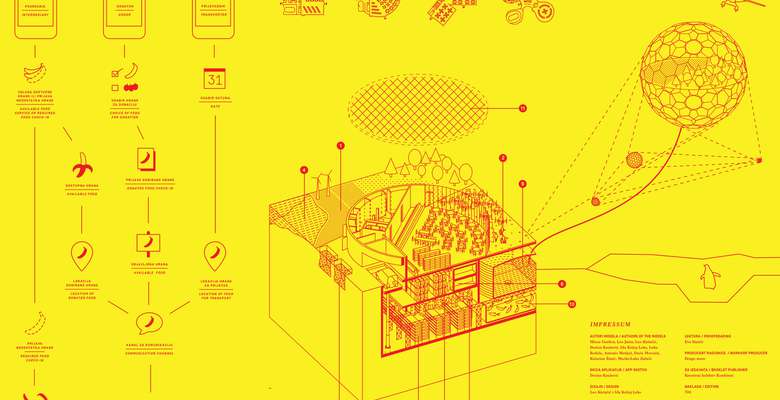
UN note that almost one third of food produced in the world gets thrown away, primarily in the cities. If we observe the Food Waste Pyramid, feeding the people in need is the second level approach to the reduction of food waste. Within the local context, the most recent issue we face concerning food waste is the enigmatic fact that after the success of the efforts to eliminate the value-added tax on food donations, the number of donations, regulated through Social self-services, has not risen to the desired level. This problem appears primarily logistical, but its scope pertains to planning and infrastructure. The one thing that is certain in 21st century is that the architecture has aquired its "Anthropocenic Mission", which starkly posits it outside its known framework of enterpreneurial construction-work final solutions. The tasks presented to the architects today go beyond the design of objects, and includes contributing to the problem of food waste in cities.
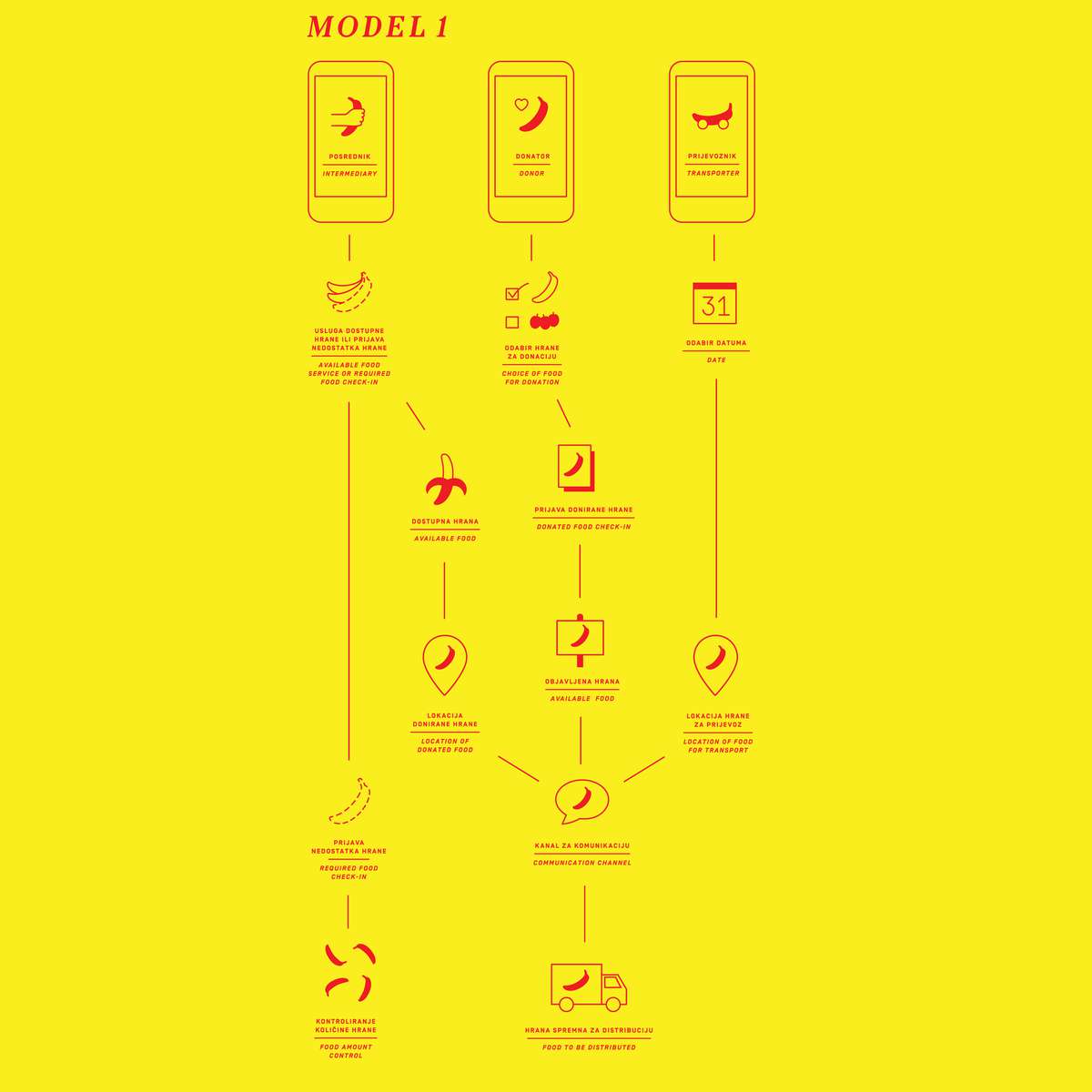
M1 offers solutions to the cruical and most immediate problems of the Food Network detected, which can be implemented in the shortest time span with a predictable financial strategy. It includes the acquisition of a transport vehicle (van) for the Social self-service and the development of an app which coordinates donors, intermediaries and transporters between cities and, especially, between cities and isolated areas.
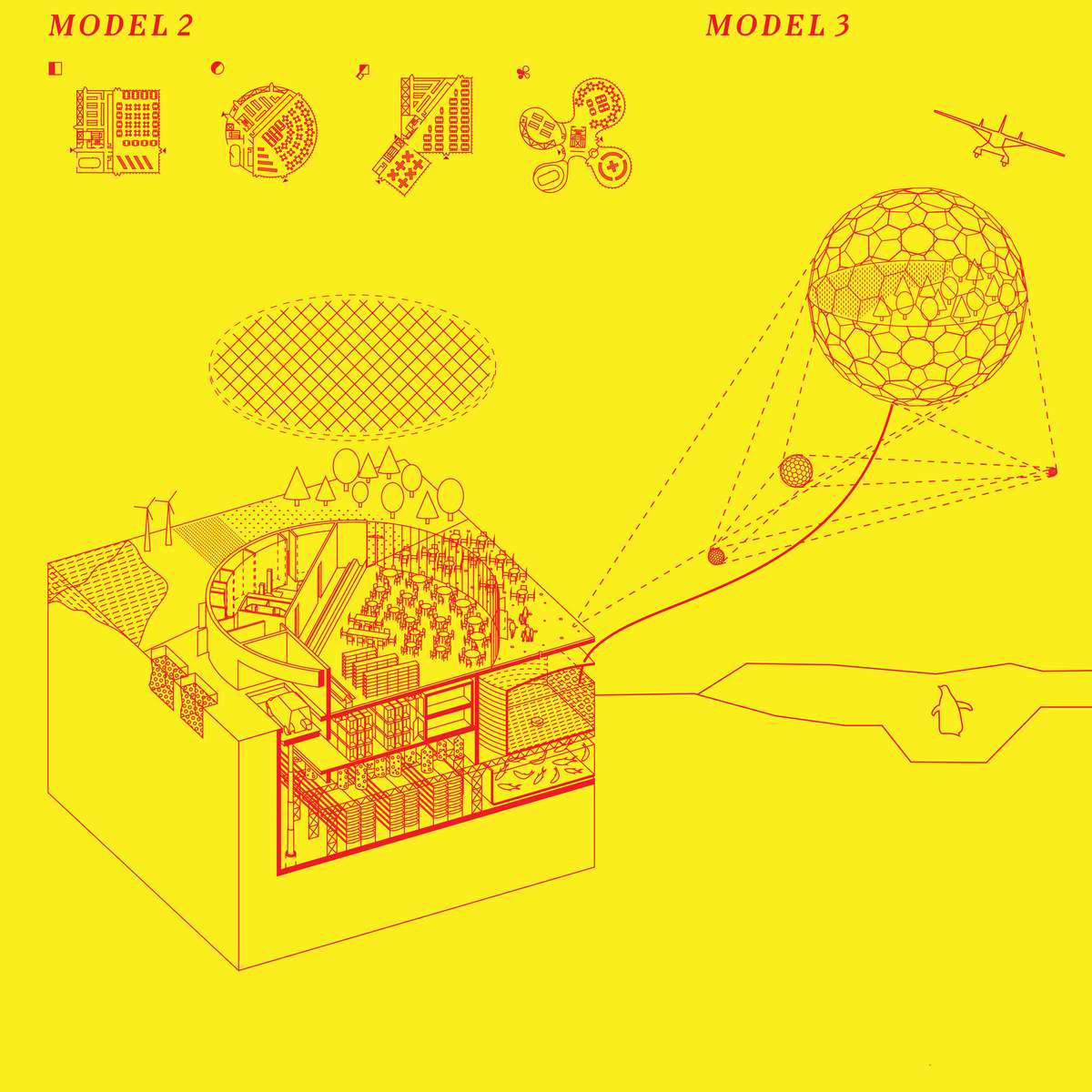
M2 is a categorical upgrade of the Network through design of an infrastructurally independent hybrid object which functions as a social self-service, student restaurant, soup kitchen, garden, compost, storage and an underground farm.
M3 is a speculation on the potential principle for approaching a particular catastrophic scenario in the form of survival kit which becomes a biome with an independent ecosystem connected to the enhanced network of other such self-sustainable objects.
Food Network
Food Network

UN note that almost one third of food produced in the world gets thrown away, primarily in the cities. If we observe the Food Waste Pyramid, feeding the people in need is the second level approach to the reduction of food waste. Within the local context, the most recent issue we face concerning food waste is the enigmatic fact that after the success of the efforts to eliminate the value-added tax on food donations, the number of donations, regulated through Social self-services, has not risen to the desired level. This problem appears primarily logistical, but its scope pertains to planning and infrastructure. The one thing that is certain in 21st century is that the architecture has aquired its "Anthropocenic Mission", which starkly posits it outside its known framework of enterpreneurial construction-work final solutions. The tasks presented to the architects today go beyond the design of objects, and includes contributing to the problem of food waste in cities.
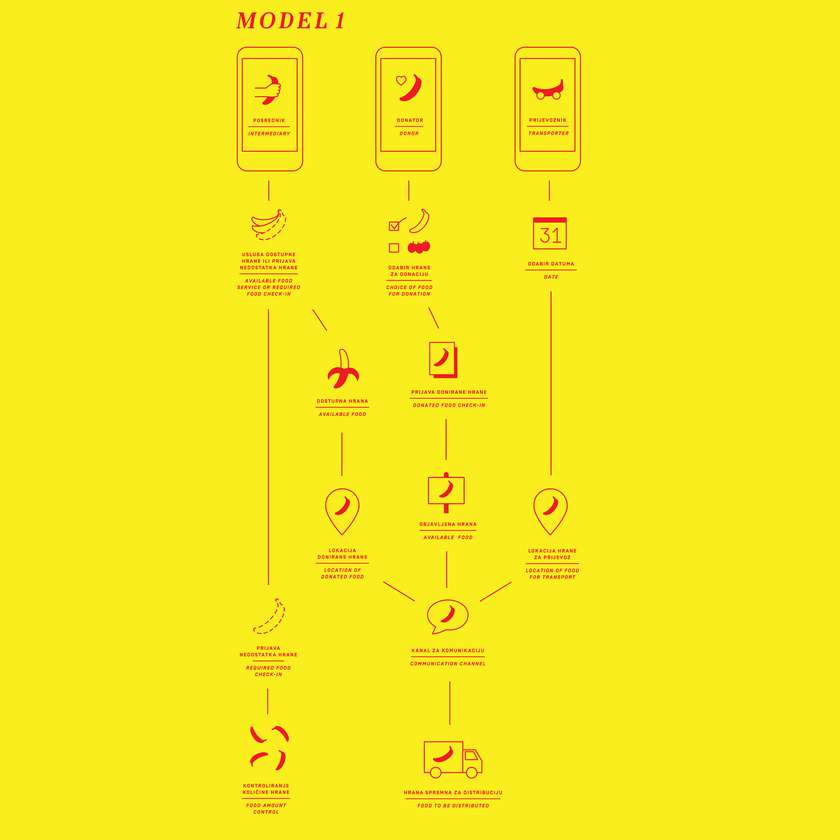
M1 offers solutions to the cruical and most immediate problems of the Food Network detected, which can be implemented in the shortest time span with a predictable financial strategy. It includes the acquisition of a transport vehicle (van) for the Social self-service and the development of an app which coordinates donors, intermediaries and transporters between cities and, especially, between cities and isolated areas.
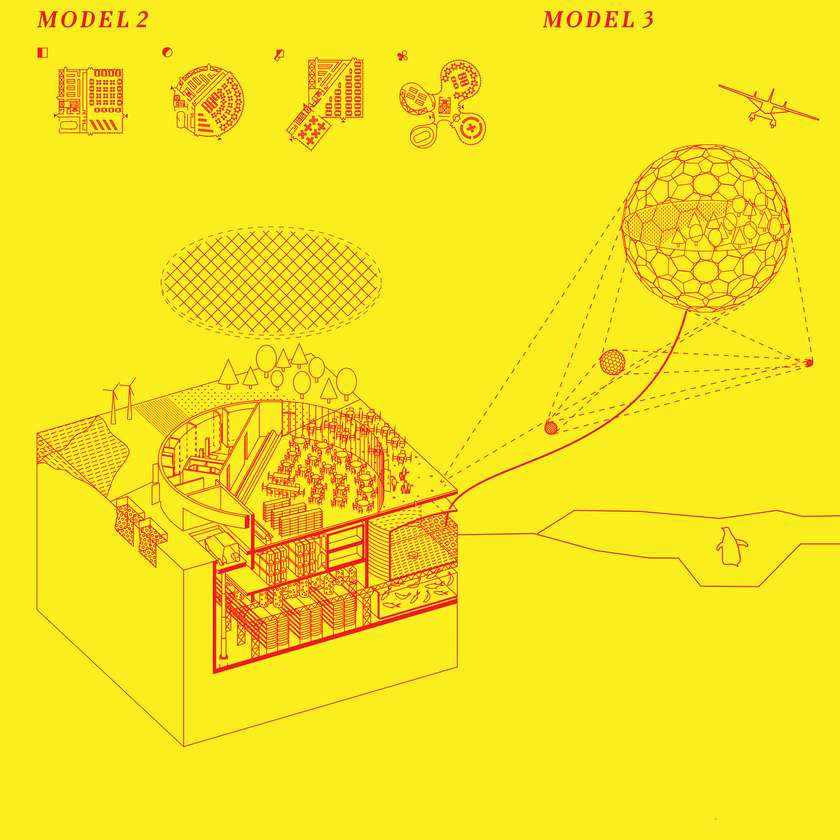
M2 is a categorical upgrade of the Network through design of an infrastructurally independent hybrid object which functions as a social self-service, student restaurant, soup kitchen, garden, compost, storage and an underground farm.
M3 is a speculation on the potential principle for approaching a particular catastrophic scenario in the form of survival kit which becomes a biome with an independent ecosystem connected to the enhanced network of other such self-sustainable objects.